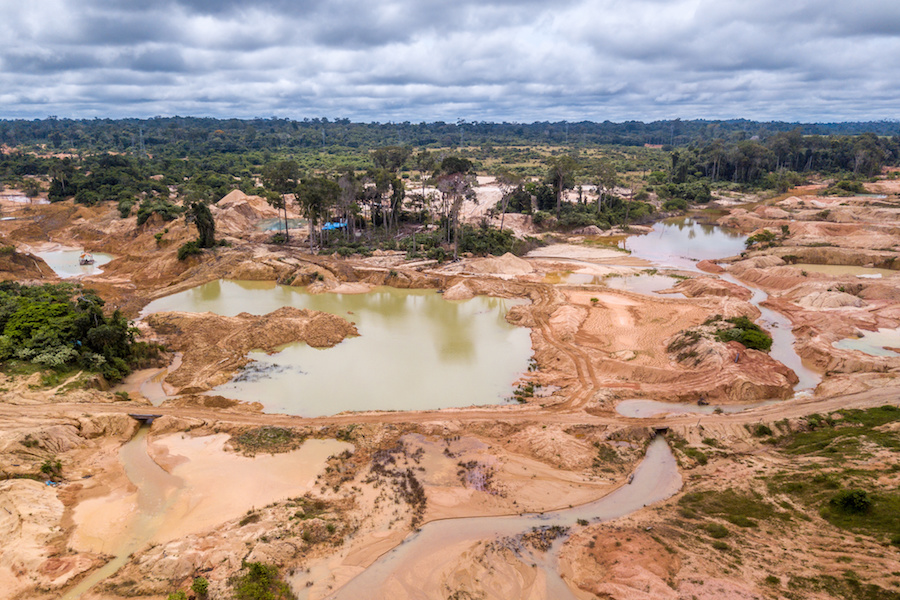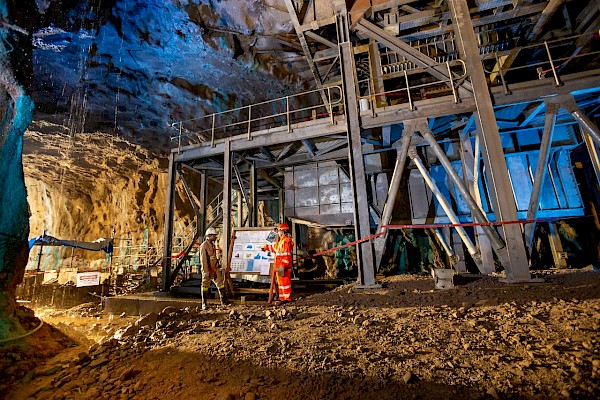Brazilian gold mines linked to illegal use of 185 tonnes of mercury

A new study has found that over 185 tonnes of mercury of unknown origin were used for gold mining in Brazil between 2018 and 2022.
According to the Brazil-based Instituto Escolhas, the highly toxic metal was used to produce 127 tonnes of gold, reported in areas holding wildcat mining permits.
Official data shows that Brazil, which is not a mercury producer, imported only 68.7 tonnes of the metal during the same period.
According to the study, this indicates that around 185 tonnes of mercury used in gold mines might be illegal.
“Our estimate is very concerning. It reveals a huge failure of government controls over mercury trade and use, a serious threat to human health and the environment,” said Larissa Rodrigues, Escolhas’ researcher responsible for the study.
Rodrigues pointed out that between 2002 and 2022, Brazilian gold exports increased from 35 to 96 tonnes per year, and wildcat mining areas increased from 68,000 to 224,000 hectares.
“Gold mining operations have not stopped using mercury over these two decades, but official mercury imports have dropped dramatically,” she said.
In 2022, Brazil exported 96 tonnes of gold mainly to Canada (35%), India (16%), Switzerland (15%) and the United Kingdom (15%).
According to the most recent analyses from Instituto Escolhas, up to 54% of Brazil’s gold might be illegal, threatening the biodiversity-rich Amazon rainforest and violating Indigenous rights.
More News
{{ commodity.name }}
{{ post.title }}
{{ post.date }}



Comments